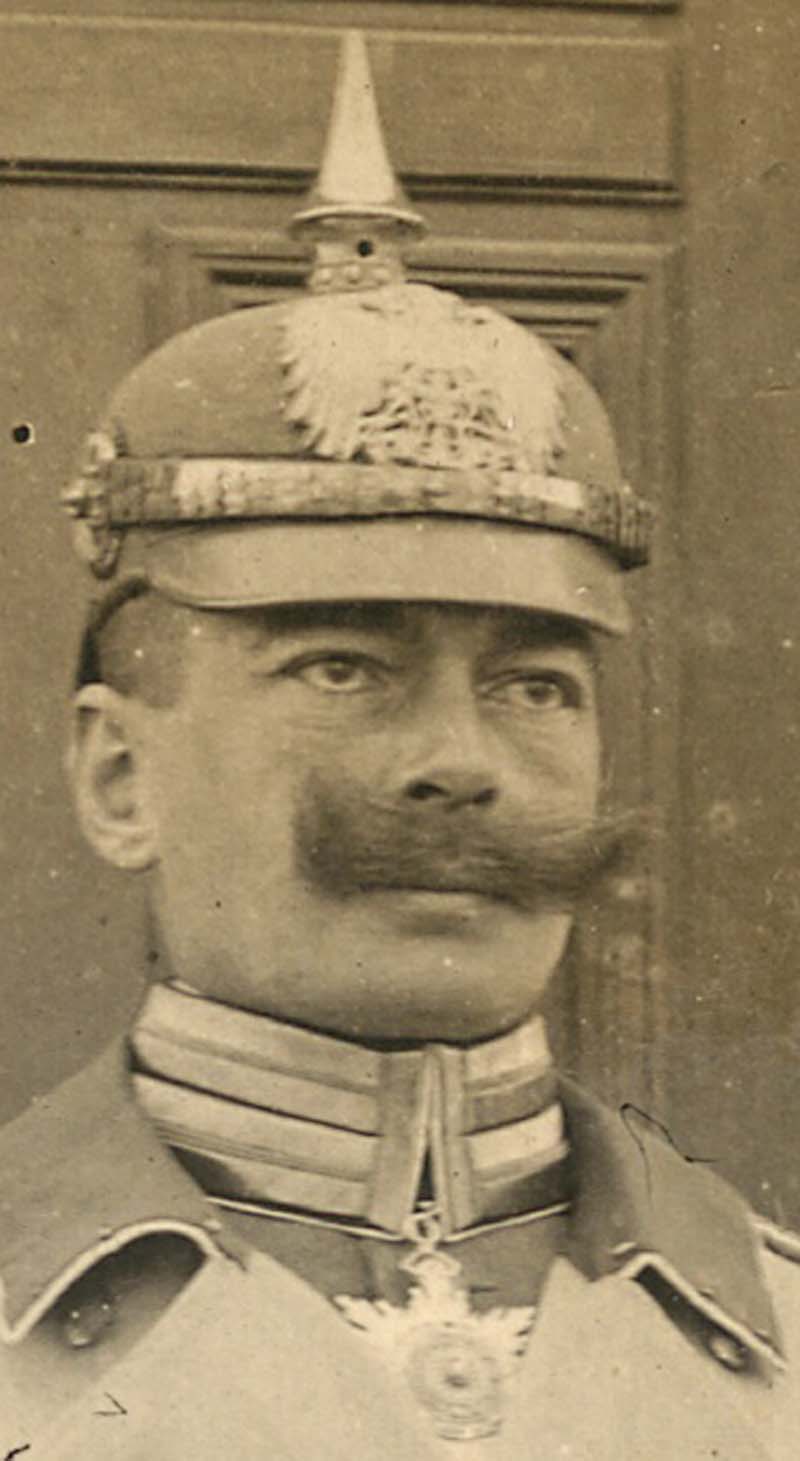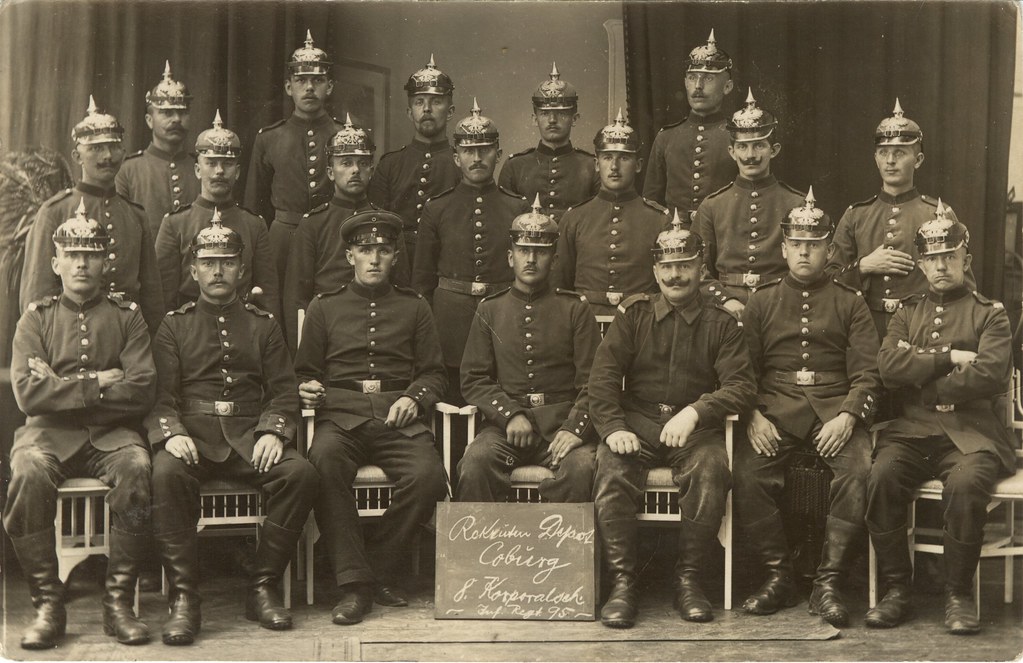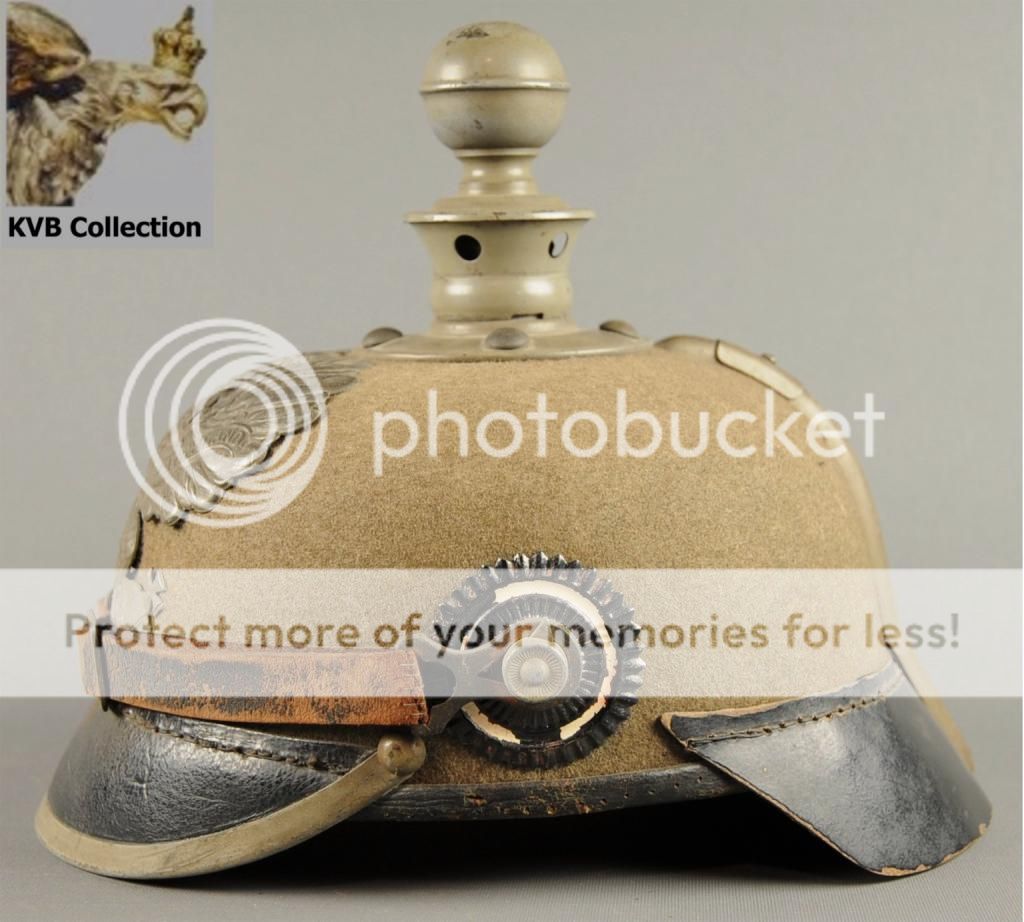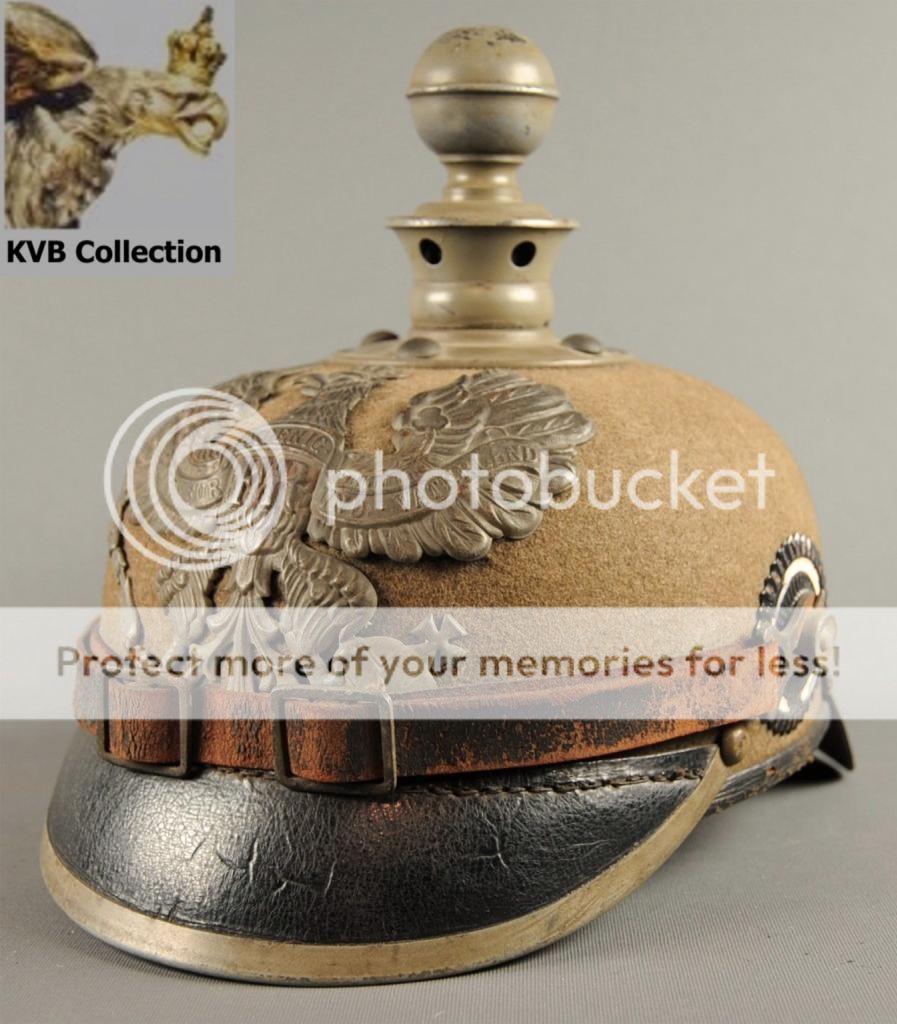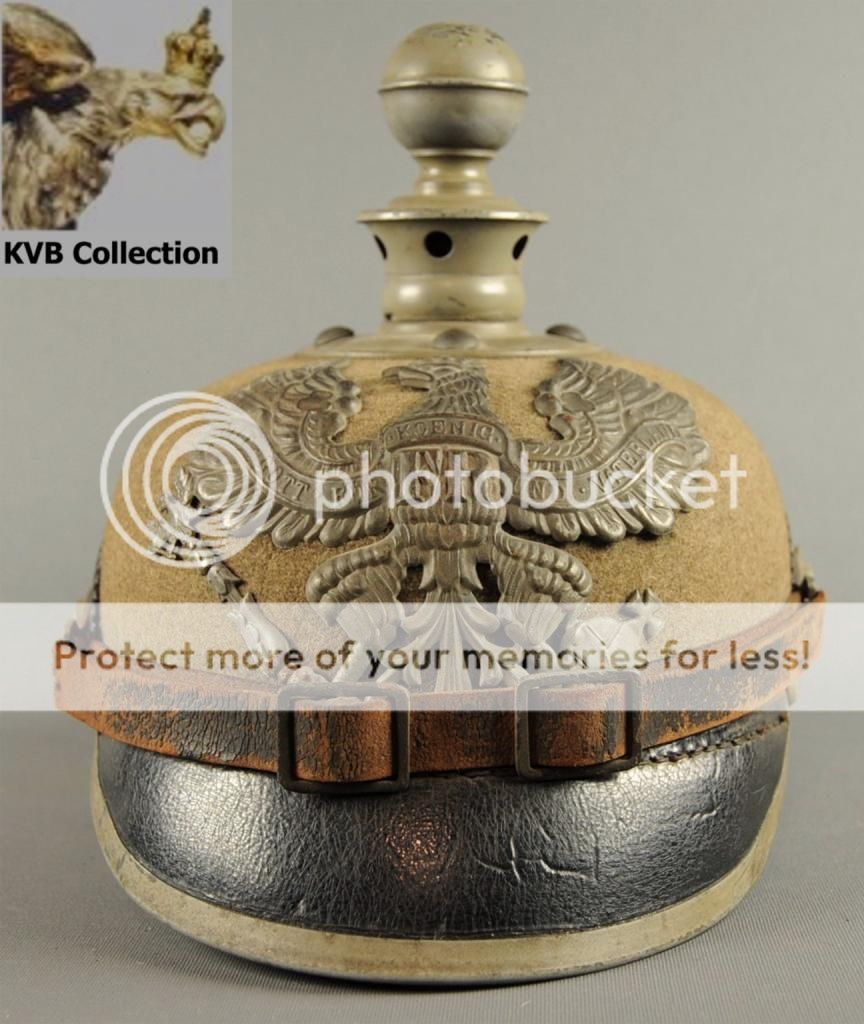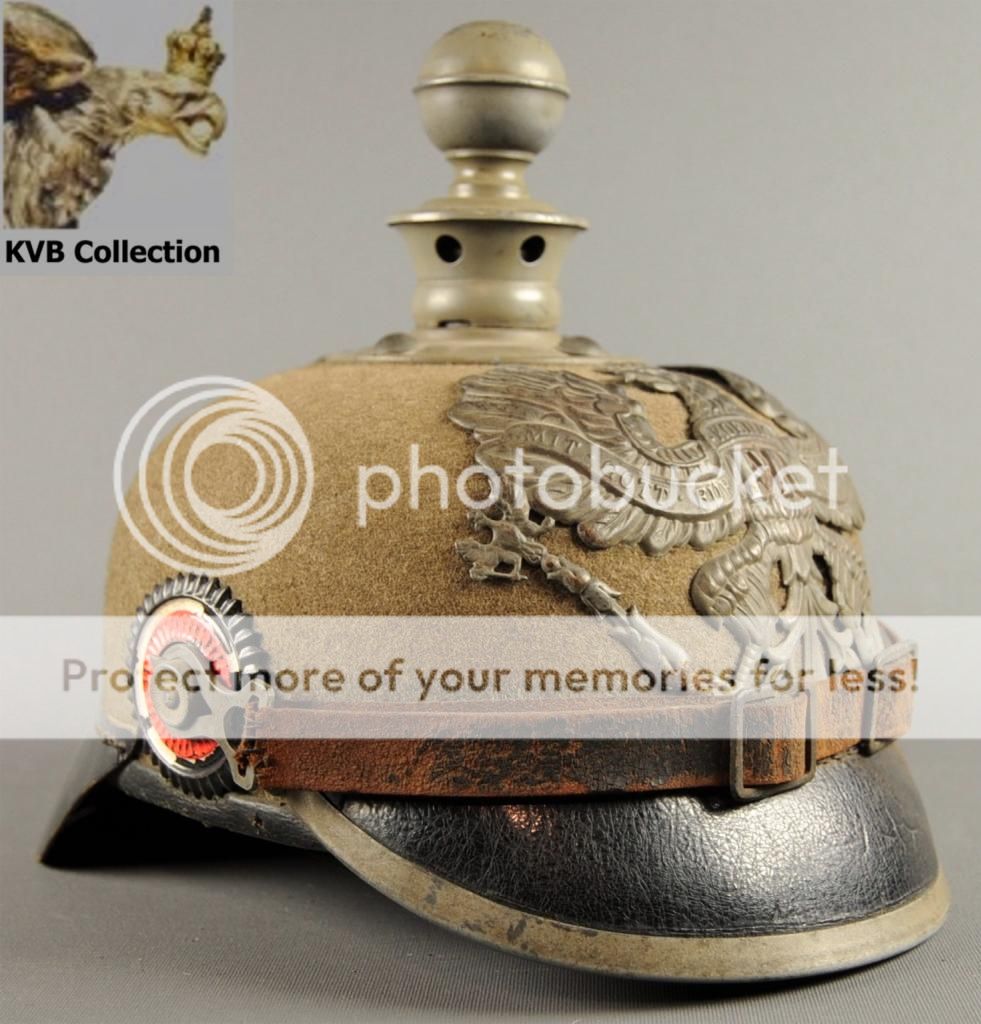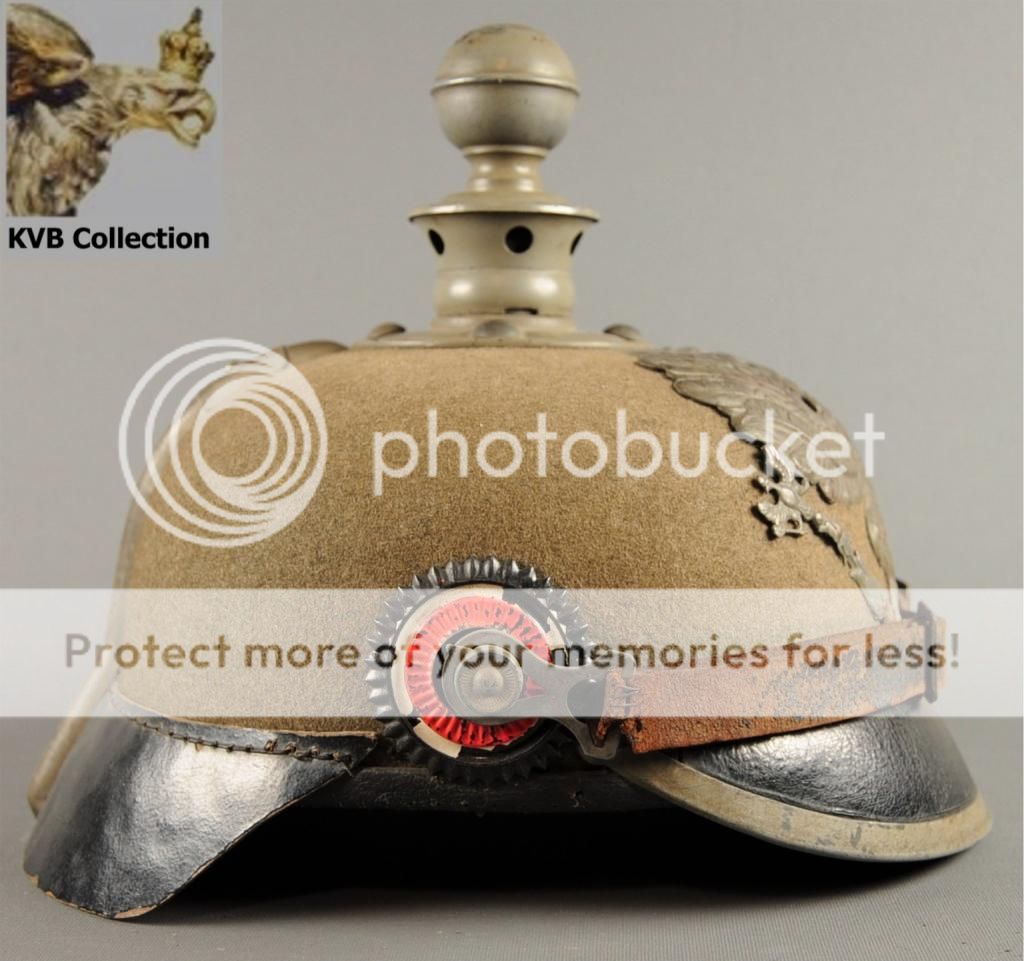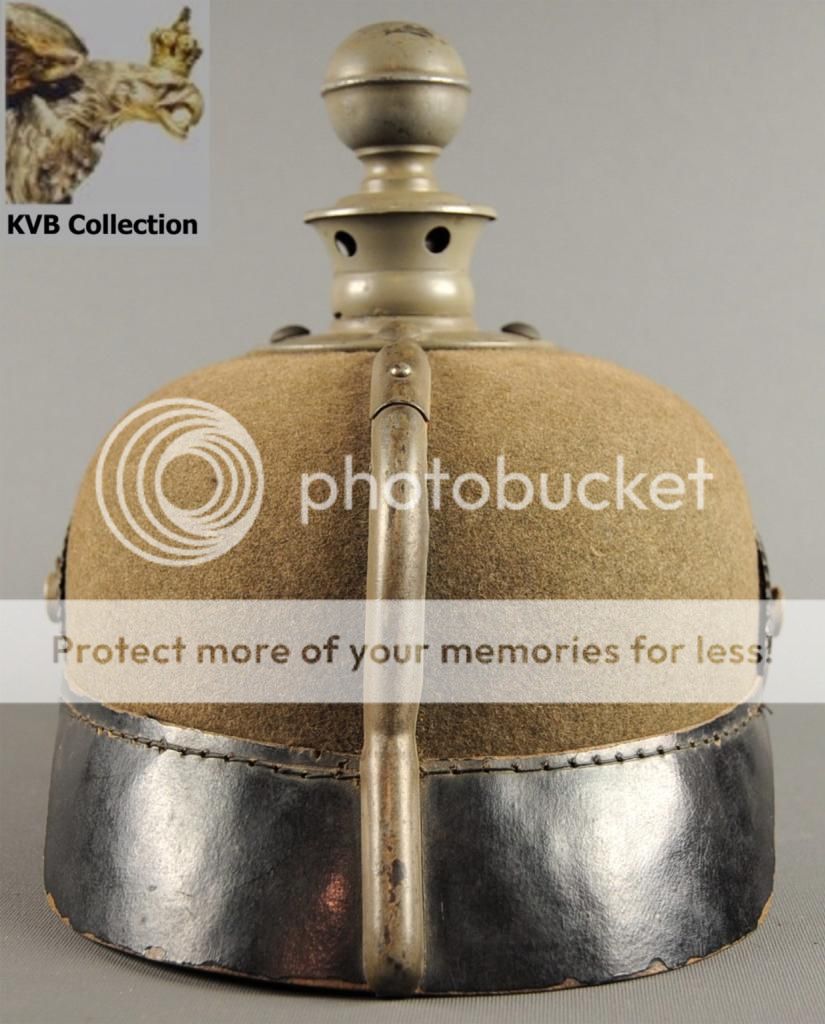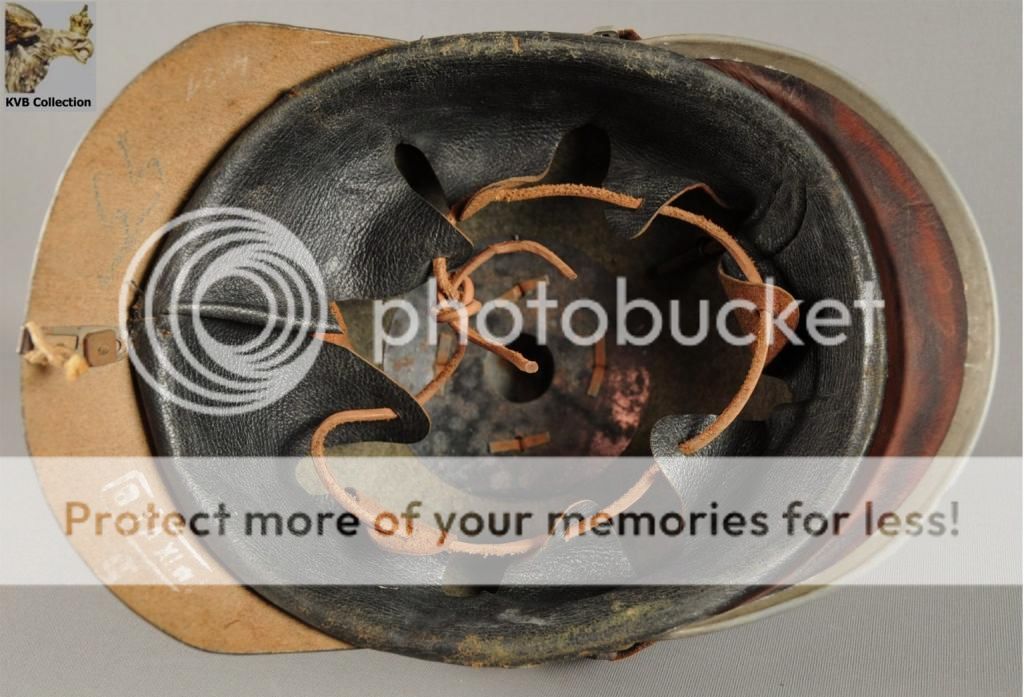joerookery
Well-known member
There is a new article at http://pickelhauben.net/articles/filz.htm" onclick="window.open(this.href);return false;
This was designed to create a discussion about filz.
Here are some things that I would love to see from collectors who have examples.
1. Can you visibly tell the difference between wool and rabbit examples?
2. Can you tell the difference between the 1905 experimental helmet and a 1914 production with a black visor?
3. Can you show various methods that the visor's were attached with?
4. Can we show various examples?
This was designed to create a discussion about filz.
Here are some things that I would love to see from collectors who have examples.
1. Can you visibly tell the difference between wool and rabbit examples?
2. Can you tell the difference between the 1905 experimental helmet and a 1914 production with a black visor?
3. Can you show various methods that the visor's were attached with?
4. Can we show various examples?


